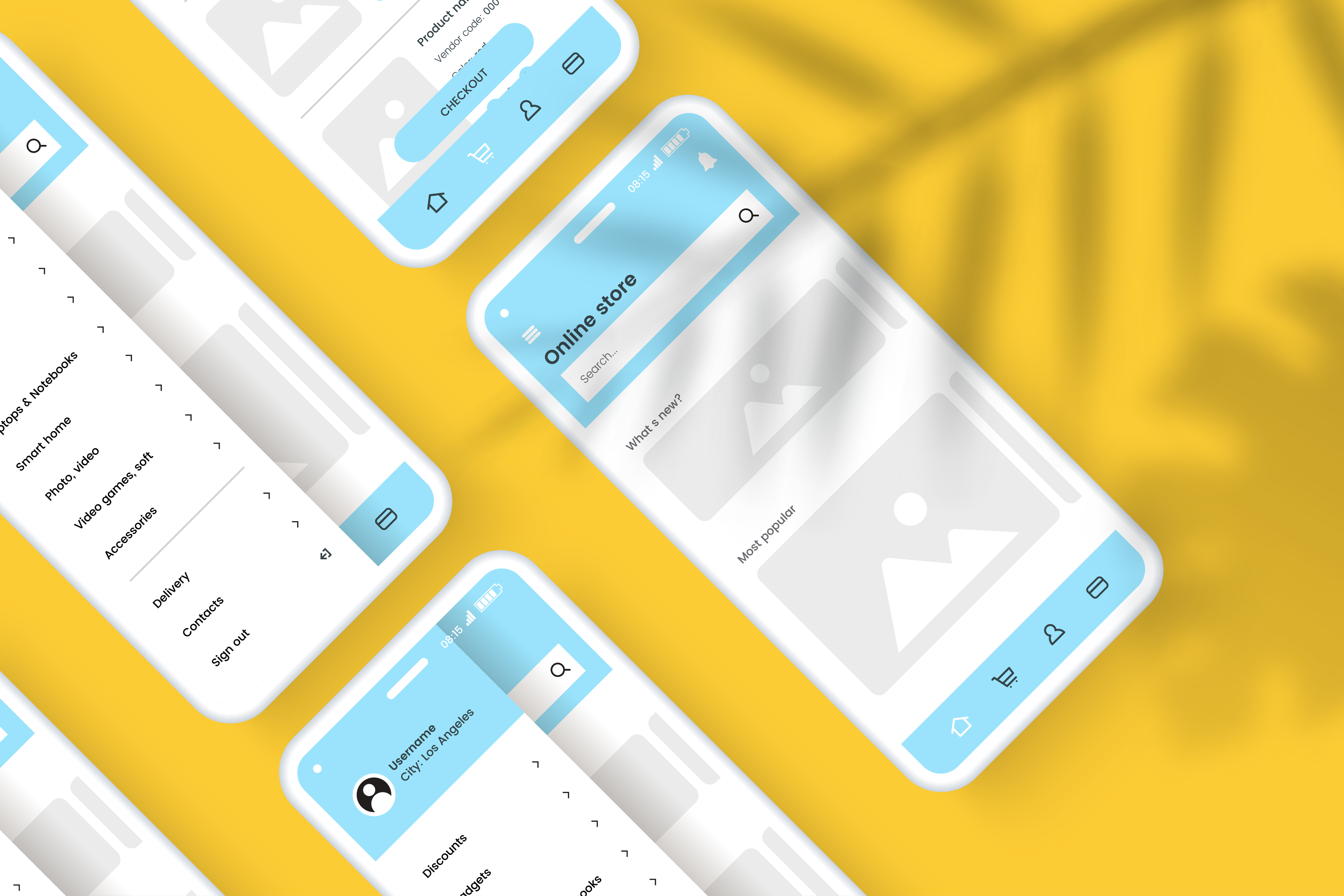Don’t Code Without This Step

In tech, speed matters but so does direction. It’s no use racing through development if you’re headed the wrong way. That’s why, before a single line of code is written, I insist on building an interactive prototype.
I’m not talking about pixel-perfect visuals. I mean a functional, clickable model of the product that simulates the real experience. This is where design, product, and engineering can see the idea in motion before committing to months of work.
Why it’s non-negotiable for my teams
Here’s what interactive prototypes deliver:
- They reveal blind spots instantly. A static wireframe might look fine, but once you click through, you’ll spot gaps, dead ends, or redundant steps you’d otherwise catch much later when they’re far more expensive to fix.
- They let you test the UX without touching code. You can simplify flows, streamline navigation, and validate decisions early, reducing the risk of rework.
- They get everyone on the same page. Engineers, PMs, stakeholders, everyone understands a prototype. It’s the fastest way to turn abstract requirements into a tangible, shared vision.
The return on investment
Yes, prototyping takes more time upfront. But the ROI is huge. Every usability issue you catch here is one you won’t pay for in development hours, bug fixes, or customer frustration later. In my experience, a well-built prototype accelerates shipping, reduces churn, and often shapes the product in ways we didn’t see coming during the initial brainstorm.
Dieter Rams put it perfectly:
“You cannot understand good design if you do not understand people.”
Prototypes are how we bridge that gap testing not just our ideas, but how real people will interact with them. The earlier you do it, the stronger your product will be.